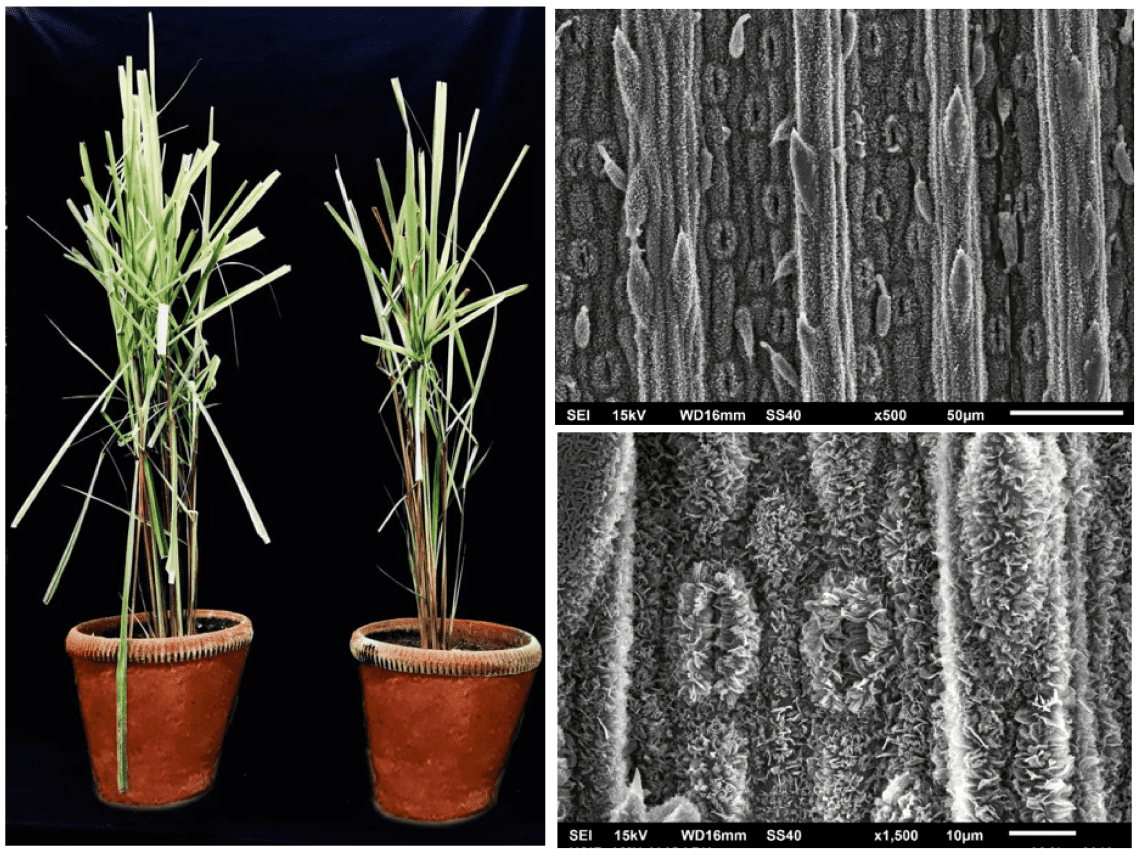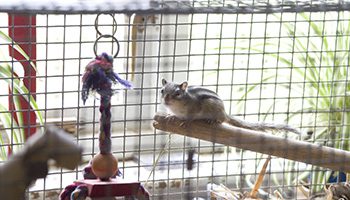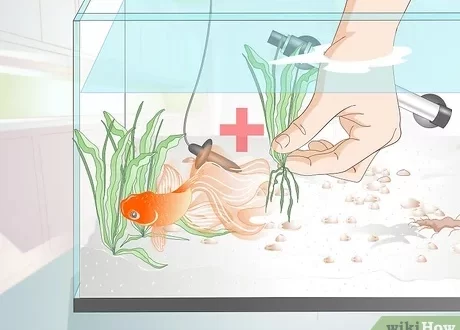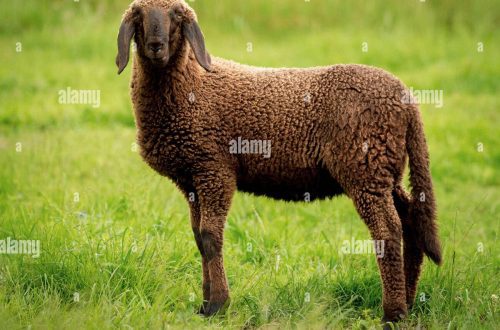
Lemongrass aquarium plant: care, disease and reproduction
Aquarium lemongrass has another name – nomafila straight. His homeland is Southeast Asia. This plant is so named because it smells like lemon. Lemongrass is a long, straight and very strong stem, on which oval leaves of light green color with sharp ends are arranged in pairs. On the reverse side, they are an attractive silver color.
Contents
Features of caring for aquarium lemongrass
If you properly maintain this plant, creating favorable conditions for it, then it grows to a large size and can even protrude from the water. Nomafila will look good in an aquarium if placed in the background. In this case, it does not cover other underwater flora.
- The climate in the aquarium for this greenery should be tropical.
- The temperature of fresh water is maintained within 22-28 ° C. If it is lower, then the growth of lemongrass slows down, and the leaves become small.
- The degree of hardness of water should not be lower than eight. Otherwise, the leaves of the aquarium lemongrass will begin to collapse.
- When keeping this plant every week in the aquarium, you need to change a quarter of the water.
- Nomafila is very sensitive to chemicals that are in the water. Therefore, to alkalize it, you need to add baking soda to the aquarium with caution, since this greenery does not like oversaturation of water with sodium ions. She also does not need mineral supplements.
- When growing lemongrass, the soil in the aquarium should be silty and rich in nutrients. Since this plant has a strong, well-developed root system, the substrate does not have a characteristic value for it, although the layer should not be less than five centimeters. When transplanting lemongrass, you need to put a piece of clay under its root.
- Lighting aquarium lemongrass should be good. To do this, use fluorescent lamps, the power of which should be 1/2 watt per liter of water. In low light, the lower leaves of the plant begin to disintegrate. Very often, incandescent lamps are used for additional illumination. To save old leaves, they are installed on the side of the container. In order for the plant to develop fully, the daylight hours for it must be at least 12 hours.
Diseases of aquarium lemongrass
If a plant changes color or growth, then supportive environment disrupted in which nomafil grows:
- The temperature is below the required. In this case, the stem stops growing, and the leaves become brittle and smaller.
- Lack of illumination. Leaves begin to die off quickly. Instead of lush vegetation, there is a bare stem with a few leaves on top of lemongrass.
- In very soft water, the greens can collapse.
- With a lack of light, the lower leaves begin to die.
- If the soil layer is thin, then the stem with leaves develops very weakly, since the rhizome has nowhere to grow.
Aquarium lemongrass is a delicate herb, which is why ancitruses love to eat it. When they are in an aquarium with this plant, its appearance will deteriorate. Recommend twice a year rejuvenate nomafilaso that weakened shoots with small leaves do not appear on it.
If aquarium lemongrass is unhealthy, then it will not bloom. Only by properly caring for it, you can enjoy bright colors. In a suitable environment above water, bluish-lilac flowers appear near the bases of the leaves.
Reproduction of aquarium lemongrass
Nomafil is propagated by cuttings. To do this, separate the upper shoots from an adult plant and plant them in pebbles or fine soil. When cutting the entire upper part, side shoots are obtained. They are separated and planted in the ground to get new plants. Keeping the root with part of the stem in the ground, a new nomafil with side shoots is obtained.
Another aquarium lemongrass is grown in a humid greenhouse. In this case, the plant is first placed in a container with a small amount of water, that is, its level should be low. After the air shoots appear, the plant is transplanted into a soil consisting of garden soil with the addition of sand and clay.
In the open air, lemongrass grows and develops much faster than being in water. The leaves of the plant become embossed and rough to the touch. If his cuttings are placed in an aquarium, then they take root quickly and continue to grow in water.
When creating ideal conditions, aquarium lemongrass developing very fast, adding to the height of about ten centimeters a week. To slow down the intensity of growth, plants are planted not in the ground, but in a small clay pot. With this method of planting, the roots have nowhere to grow and therefore the stem slows down growth.
The change in the appearance of lemongrass suggests that the conditions under which it is kept are not ideal and need to be corrected. The fish tank is a beautiful and calming sight. And lemongrass is unpretentious and very popular plant for aquarium decor.





